Dypsis lutescens
Living in a northern climate with long cold winters, I am always looking for dramatic indoor plants to liven up my home.
With its elegant, arching fronds, the areca palm adds a tropical flair to the living room all year long.
Relatively low maintenance, these popular houseplants are nontoxic to dogs and cats, and with the right care will grace your home for many years.

We link to vendors to help you find relevant products. If you buy from one of our links, we may earn a commission.
Are you ready to welcome an areca palm into your home? Here’s what I’ll cover:
What You’ll Learn
What Is Areca Palm?
These clumping palms feature multiple stems growing from the base and soft, narrow, feathery fronds each with approximately 40 to 60 pairs of leaflets.
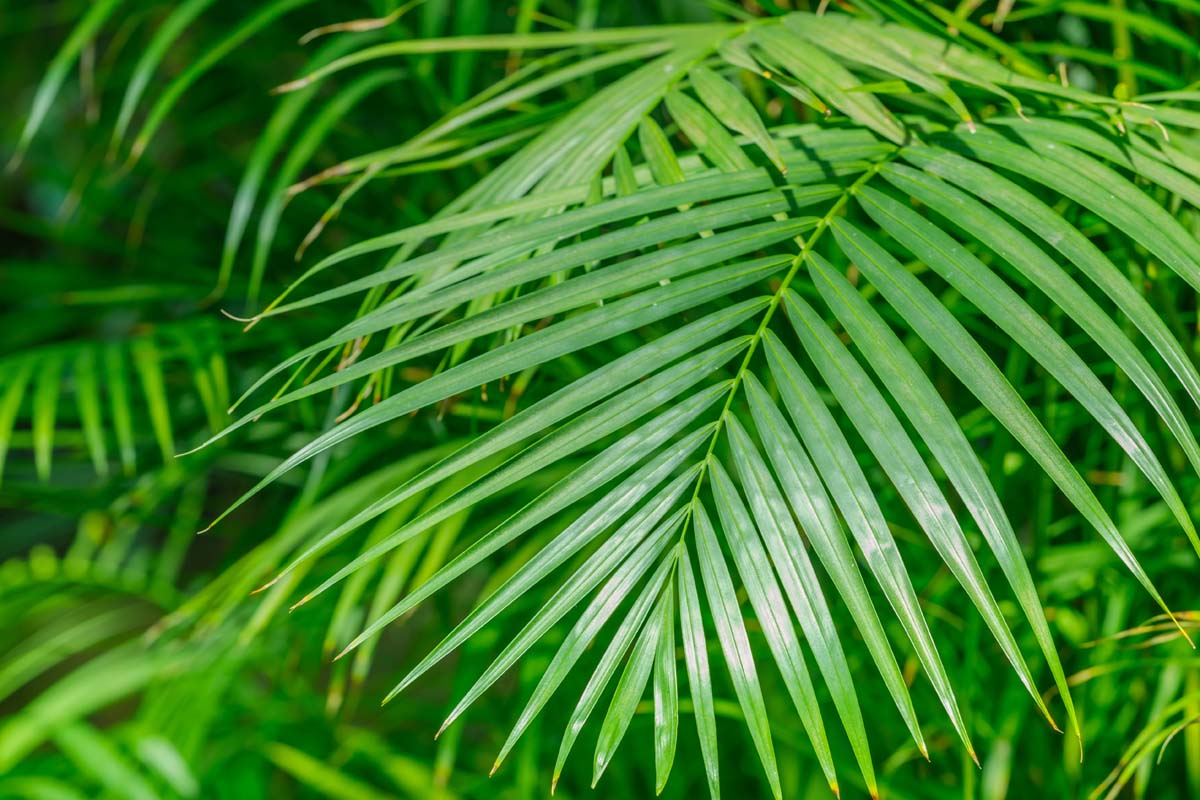
They grow about six to ten inches per year and mature plants range from five to eight feet tall when grown indoors.
In USDA Hardiness Zones 10 and above, they can be planted outdoors and can reach up to 30 feet tall at maturity.
Areca palms have several common names, including golden cane, butterfly, yellow, and bamboo palm.

These members of the Arecaceae or Palm family are true palms and are endemic to Madagascar, where they can be found in a very specific habitat of slightly acidic, sandy, rocky soil near the sea.
Dypsis lutescens was previously classified in the now defunct Chrysalidocarpus genus, but this changed in 1995, after an extensive study into Madagascan palms led to the combination of several genera into the Dypsis genus.

These plants have naturalized in a range of subtropical and tropical areas worldwide, and are one of the most common ornamental palms grown in tropical landscapes.
A recipient of the Award of Garden Merit from the RHS in 1993, the areca palm is an incredibly popular houseplant for the home or office, as they are easy to grow indoors and are fairly inexpensive.
Areca Palm Propagation
Widely available as nursery stock, you can also propagate areca palm yourself from seed or by dividing an existing plant.
From Seed
This process does take a bit of time. You can expect seeds to germinate after about six weeks and for it to take several years for plants to reach three or four feet in height.
If you happen to have fresh seeds, you can plant them right away. Otherwise, a few additional steps are necessary to improve germination rates.
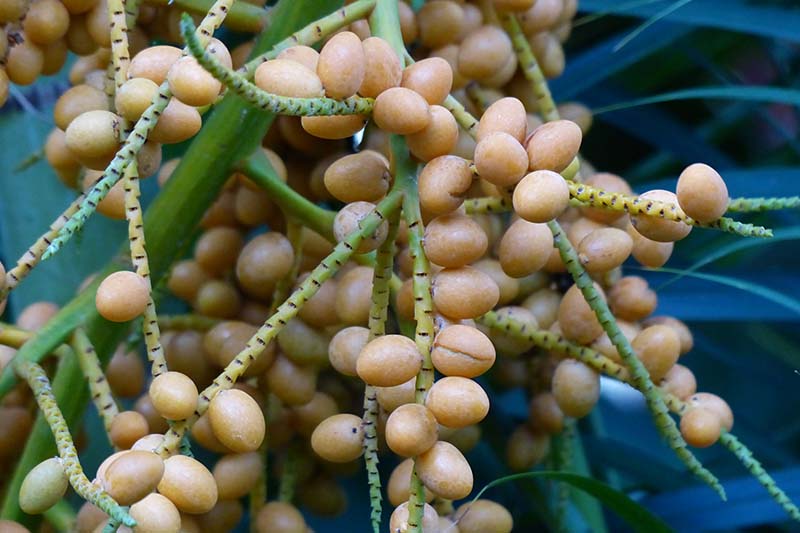
Before planting, the seeds require scarification. This can be done by rubbing seeds against a mesh screen or sandpaper, then rinsing them with water. Next, place the seeds in a jar with white vinegar for a few hours, then drain and rinse in fresh water.
When seeds are ready to plant, fill three-inch pots with a potting mix suitable for palms, such as Miracle-Gro Cactus, Palm, and Citrus Soil, available at Home Depot.
Miracle-Gro Cactus, Palm, and Citrus Soil
Water until the medium is damp, but not waterlogged. Place one seed in each pot with the tip just barely sticking out of the soil.
Give a final spritz of water and keep the pots in a location that’s reliably between 80-85°F, or on a heat mat, misting occasionally to keep the potting medium moist, but not soggy.
Once a few leaves have emerged and the seedlings are three to four inches tall, you can replant into larger pots.
Commercial growers will typically put three to four seedlings in one 12-inch pot to create a more bushy, “full” appearance.
By Division
An easier and faster way to propagate is by division. If you happen to have a friend with a mature plant in their house, ask if they are willing to share.
The best time to divide is in the spring when new growth is starting to appear, though it is possible anytime of year.
Watering well the day before you plan to divide the plant will help loosen the soil, and make the roots easier to separate.
Find a clump of three to five stems to divide from the parent, and using a sharp knife, dig carefully in the soil around the stems to gently loosen and cut the stems apart, being careful to keep all roots intact.
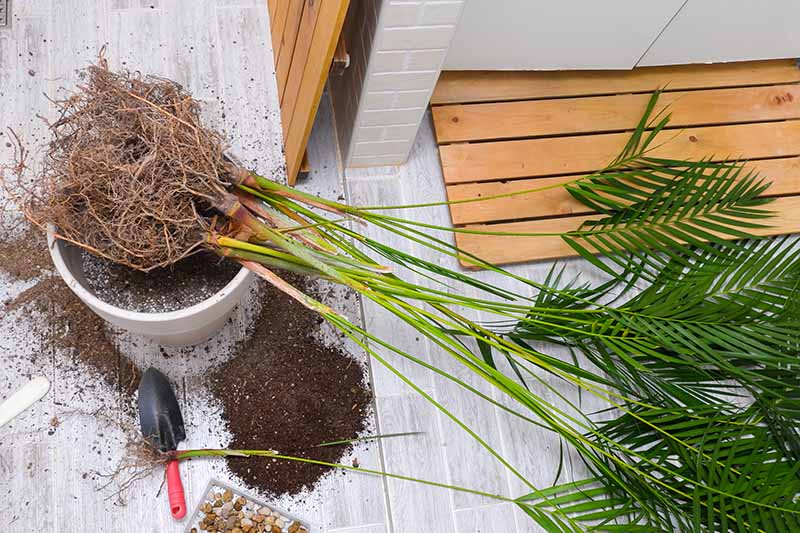
If you prefer, you can remove the entire plant from its container. Shake off the soil and cut away a section of stems and their attached roots.
Plant the division in a new container in a palm potting mix, mentioned above, or a combination of standard potting soil and coarse sand at a two to one ratio, for additional drainage.
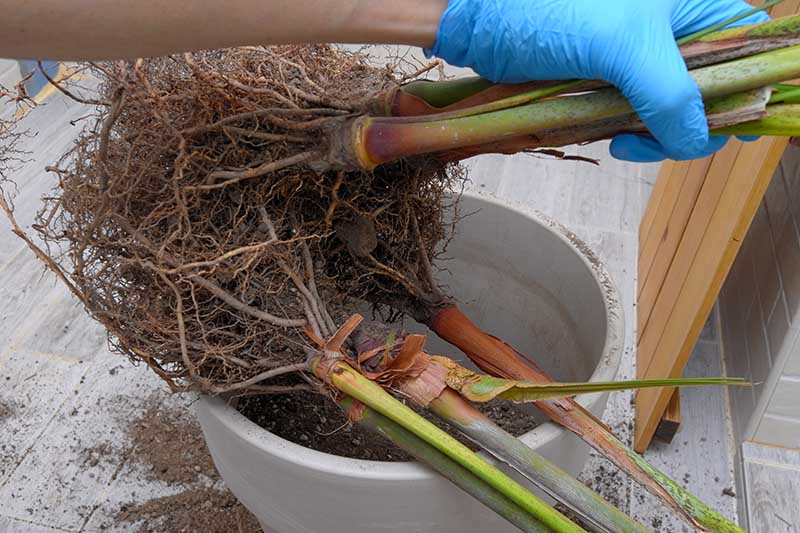
After repotting the division, water it thoroughly, and return the parent plant to its original pot, or repot if desired.
Water thoroughly and wait at least three months before fertilizing.
Transplanting Nursery Plants
Transplant nursery stock in fresh, well-draining potting mix, preferably a palm-specific potting soil or general potting mix amended with sand.
You can also use a mixture of three parts peat to one part sand, or peat, pine bark, and sand at a 6:1:3 ratio.
Choose a container with drainage holes at the bottom that’s two to four inches wider and deeper than the nursery pot. Add some of your chosen potting medium to the bottom of the container, remove the plant from the nursery pot, and set it carefully on top.
Fill the pot up with potting medium tamping down as you go, to remove air pockets. Give it a deep watering, allowing the liquid to drain out of the bottom of the pot, then set it in your chosen location.
How to Grow Areca Palm Plants
Areca palms are fairly low maintenance as long as they are given the appropriate growing conditions.
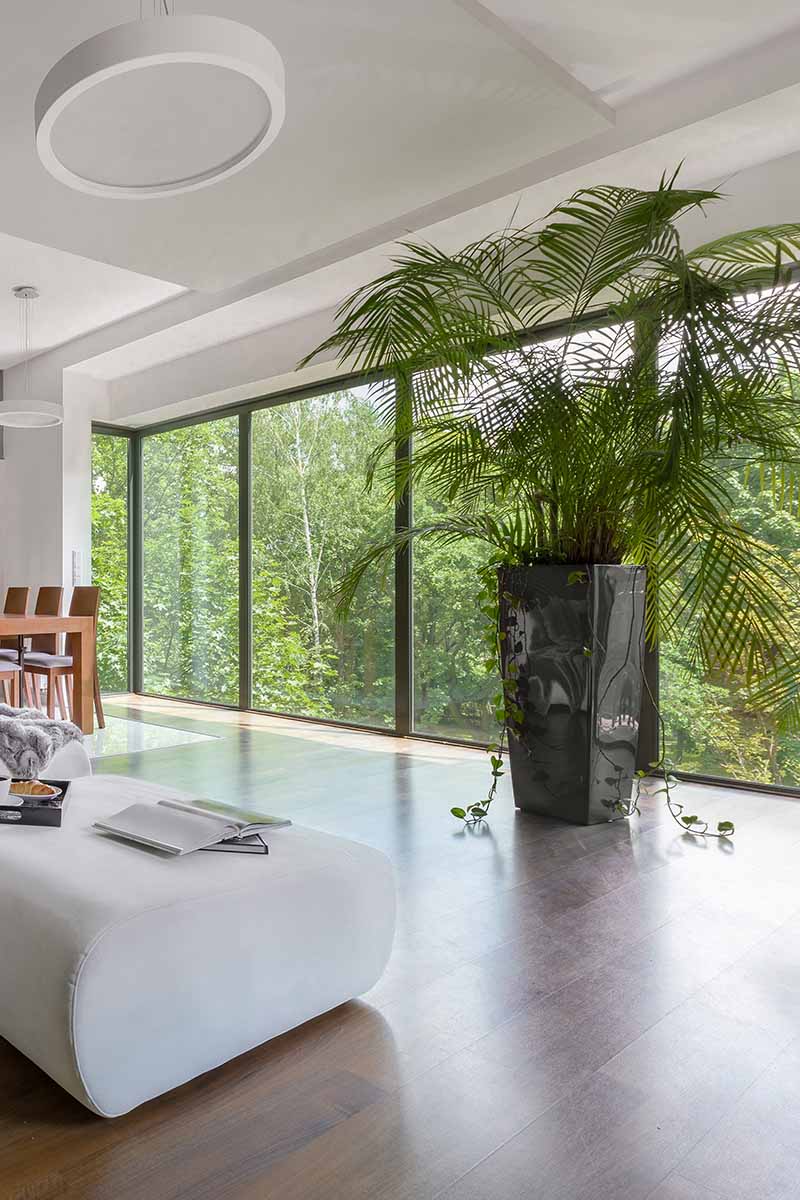
The main consideration when choosing a location in your home is light. Areca palms need bright, indirect sunlight, so choose a spot near a west-, or south-facing window.
But beware, as too much direct sunlight may scorch the foliage and cause it to turn yellow.
Temperature
The ideal temperature for growing your areca palm is in a location with daytime temperatures of 75-85°F, dropping to no less than 65°F at night.
These tropical plants do not appreciate large fluctuations in temperature, so be sure to avoid placing it too close to heat sources, drafty windows, or doors.
Humidity
In their native range, these plants thrive in high humidity. This can be a challenge for houseplant parents, particularly during the winter months when heat sources dry out the air indoors.

When the humidity is too low, the plant will lose moisture through its foliage, and this can result in brown patches on the leaves.
Ideally, you should keep the humidity over 45 percent. There are various ways to achieve this: You can mist the leaves frequently, place the plant on a humidity tray, or use a humidifier in the room where your plant is located.
Water
These tropical evergreens like plenty of water but you have to take care not to overwater. You need to allow the soil to dry to a depth of two inches between waterings.

When you water your plant, allow the liquid to drain out of the bottom of the pot, but don’t leave the plant sitting in a saucer of water.
After watering, the soil should feel just a bit damp, not soggy.
These plants are especially sensitive to chemicals and mineral salts, so try to avoid using municipal water that contains fluoride. Distilled water or collected rainwater are better options.
Fertilizer
They are sensitive to fertilizer salts and buildup can cause discoloration or spots to appear on the leaves.
You can apply a liquid houseplant fertilizer such as 12-4-12 (NPK) two or three times during the growing season, diluting to about half the recommended concentration.
It is better to under-fertilize your palm rather than use too much to avoid stress from buildup of fertilizer salts. Do not feed your plant at all during the winter.
Growing Tips
- Set the pot in a bright, indirect light with temperatures between 65-85°F.
- Water when the top two inches of soil has dried out.
- Feed a liquid houseplant fertilizer a couple of times during the growing season, but take care not to over fertilize.
Pruning and Maintenance
It is best to repot your areca palm every couple of years in fresh potting medium to remove any buildup of fertilizer salt deposits and refresh soil nutrients.
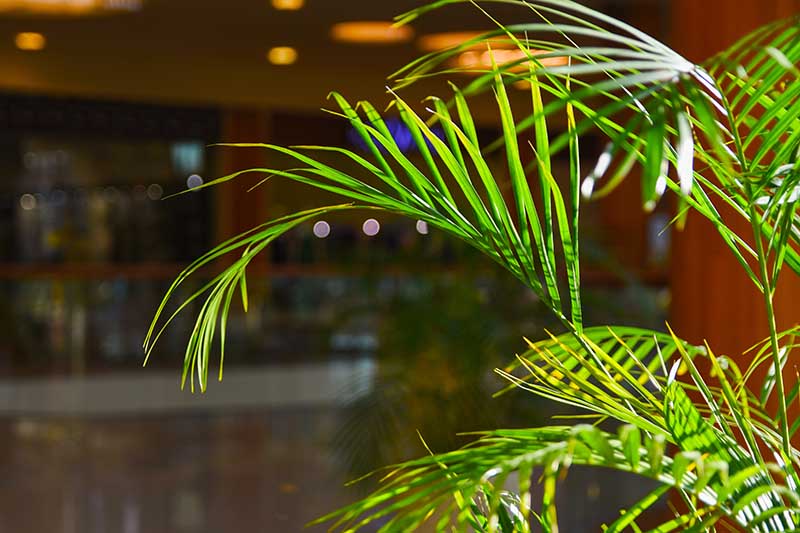
Arecas do well in a tight space, so select a container just a few inches larger than the current one.
Prune occasionally and conservatively, only to remove browned fronds or dead and diseased canes. Browning tips on the leaves are a natural part of the life cycle and should not be trimmed as this could stunt the plant’s growth.
Do not remove healthy canes that appear golden in color. To check whether a cane is dead, carefully remove a small piece of the outer bark.

If the inner wood is green that indicates it is alive and shouldn’t be removed. If it is dark brown in color, the cane is most likely dead and can be safely pruned. Cut off dead canes at the base with a sharp pair of garden shears.
Leaves that are turning brown can be a sign of over-fertilization or lack of water. Yellow spots may indicate that the acidity in the soil is too high or that potassium levels are too low.
Where to Buy Areca Palm Plants
You likely won’t have any trouble sourcing this plant from your local nursery – or perhaps a friend has one in their living room that needs dividing.
If you aren’t able to locate one nearby, they can also be found online.
You can order a 24- to 34-inch start in a 10-inch pot from Home Depot.

If you want to start a little smaller, you can find plants measuring 12-18 inches tall available in six-inch pots from California Tropicals via Amazon.
Managing Pests and Disease
The good news is that areca palms grown indoors don’t tend to have significant issues with pests and disease, but there are a couple of things to watch out for.
Insects
Tiny insects may infest your areca palm, so keep an eye on your plants and pay extra attention if you start to notice discoloration or spots on leaves.
Spider Mites
Related to spiders, these tiny arachnids can sometimes be found feeding on the underside of leaves, particularly in dry conditions.
While they can be hard to see, yellowing leaves may be a sign of their presence, and when infestations become large you may notice webbing between the fronds.
Read more about controlling spider mites.
Mealy bugs
Also minuscule, these white fuzzy pests appear as tiny white dots underneath the leaves. Signs of infestation include greying leaf tips and in the case of a very large infestation, the foliage may die.
Both spider mites and mealy bugs can be removed by spraying the leaves with soapy water. Simply mix three tablespoons of dishwashing liquid with a gallon of water, and spray leaves every couple of days until you no longer see signs of infestation.
Alternatively, you can use neem oil or insecticidal soap per the manufacturer’s directions.
Whiteflies
Whiteflies are typically found on the underside of the foliage, and these pests suck sap from the leaves, damaging the plant and leaving behind a sticky residue which may attract ants.
You can treat your plants with insecticidal soap or neem oil, according to package instructions.
Find tips on controlling whiteflies here.
Disease
When grown indoors, you are unlikely to see any disease issues on your areca palm.
When plants fail to thrive, it’s usually as a result of environmental conditions: issues related to water, lighting, temperature, or nutrient content.
One potential infection to be aware of is pink rot, aka Gliocladium blight, caused by Gliocladium vermoeseni. This fungal disease produces pink covered spores which coat the base of the stems in pink dust and if left unchecked, can cause rotting on any part of the plant.
It typically infects already weakened or injured palms. Overwatering, insufficient nutrients, or improper lighting can all create stressful conditions that can make the plant susceptible to this disease.
Too much water is most often the culprit, so be sure to let the soil dry out sufficiently between waterings and always make sure containers have adequate drainage.
If you notice pink rot on your areca palm, you will need to prune off any affected parts of the plant, repot it into a clean, sterilized container with fresh potting medium. In the case of severe infections, you may need to dispose of the plant and start again.
Quick Reference Growing Guide
| Plant Type: | Perennial palm | Foliage Color: | Green |
| Native to: | Madagascar | Tolerance: | Some direct sunlight, heat |
| Hardiness (USDA Zone): | 10-11 | Soil Type: | Organically rich |
| Exposure: | Bright, indirect light | Soil pH: | 6.1-6.5 |
| Planting Depth: | Same as root ball | Soil Drainage: | Well-draining |
| Time to Maturity: | 10 years | Uses: | Ornamental houseplant |
| Height: | 5-8 feet indoors (10-30 feet outdoors) | Order: | Arecales |
| Spread: | 3 feet indoors (8-15 feet outdoors) | Family: | Arecaceae |
| Water Needs: | Moderate | Genus: | Dypsis |
| Maintenance: | Low | Species: | lutescens |
| Common Pests: | Mealy bugs, spider mites, whiteflies | Common Diseases: | Pink Rot |
A Little Slice of Paradise
Bring a touch of tropical paradise into your living space with areca palm. You can admire the graceful fronds while you dream of Madagascan beaches, sun, and blue sky.
Even in the depths of winter.
Do you have experience growing areca palms? Let us know in the comments section below and feel free to share a photo!
If you enjoyed this article, check out the following guides for more houseplants to add to your collection:

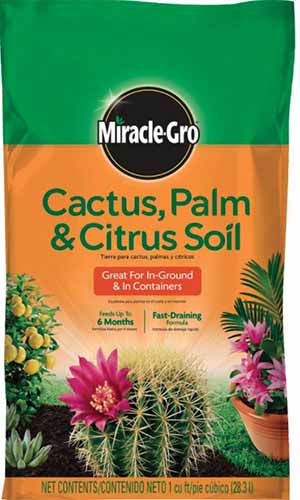
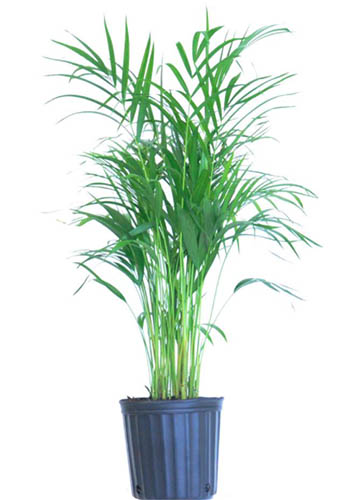
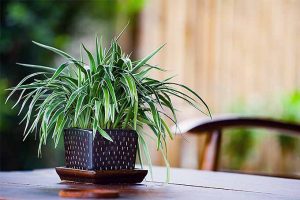
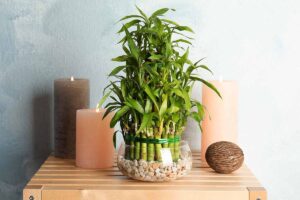
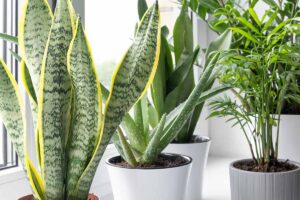
Your article is so thoughtful, well organized and easy to understand. Succinct. Thank you! My basic question is, do areca palms set seed precociously or do so if overly stressed? We have one, that started out in a small get well planter with several other plants 4 years ago. When the plants outgrew the container, I transplanted the areca palm in a nonspecific houseplant mix in what I now see, based on your article, was too large a container. I did no research and know better! So now, 4 years later it is approximately 2.5 tall and wide and looks… Read more »
Glad you enjoyed the article and thank you for your question. What are the signs that it is setting seed? Have you noticed any flowers? It is possible that fertilizing in the winter caused stress leading to sudden flowering/seeding. Since these palms are sensitive to fertilizer salts, it is important not too feed too often, and use a weak dilution when doing so. Fertilize no more than a couple of times a year during the growing season, and never during the winter.
Thank you for your response. I’ve not noticed flowers. Several of the main stems are sprouting stiff bright green stems/branches with tiny bright green round seeds/buds(?). The buds, for lack of a better word, are alternate on the stem. There are two stems that look more mature as the stems are more a faded green and the “buds” are larger and a light creamy tan in color. I fertilized it once this winter because I had some left over in my watering can and dumbo here didn’t want to waste it. This past summer I fertilized the palm once or… Read more »
Don’t know how I managed to miss the pictures on your page here. So I think the areca is going to bloom – I’ve never had an areca bloom indoors so it is either very happy or I stressed the poor thing out and it is sending out prodigy 🙁